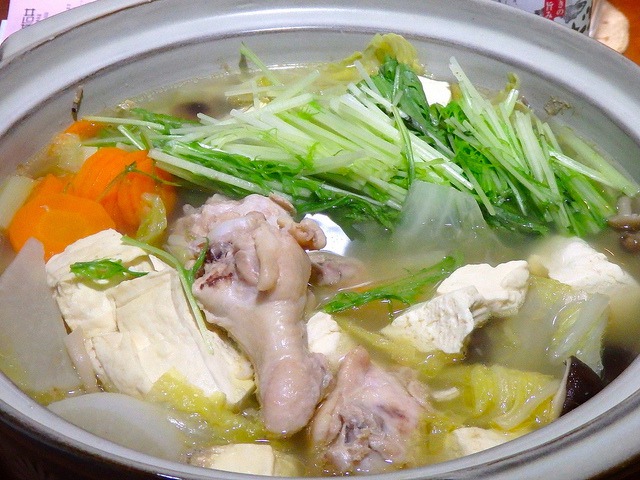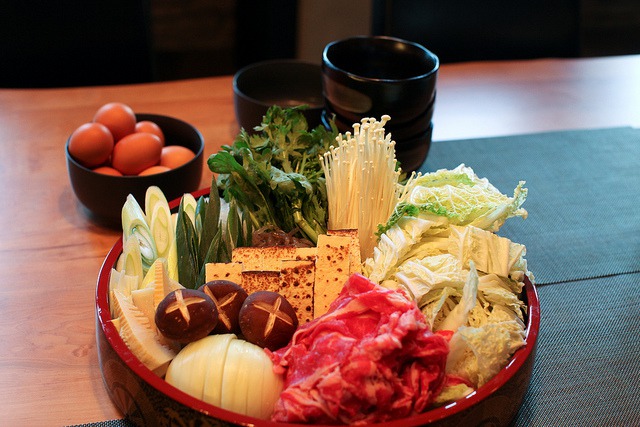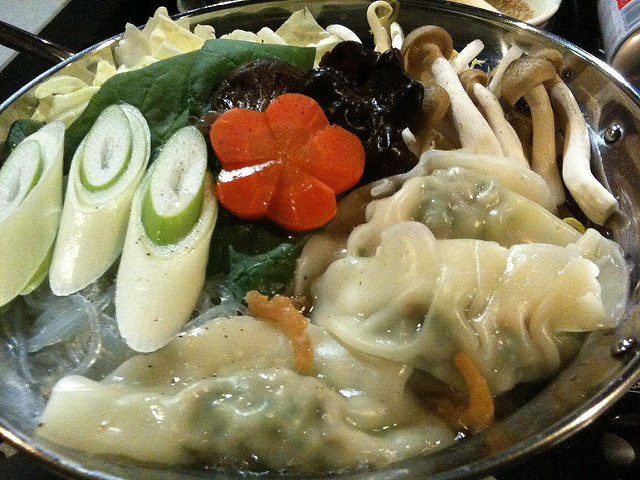
What Are Nabe? Introducing Japan's Best Hotpot Dishes
In Japan, “nabe” is a simple style of hotpot made with ingredients of all kinds cooked together with broth. While Japan has many different regional nabe dishes, there are several common nabe found all throughout the country, like “mizudaki” and “sukiyaki.” In this article, we’ll introduce you to the most popular styles of Japanese nabe hotpot to help you plan your next Japanese food night!
This post may contain affiliate links. If you buy through them, we may earn a commission at no additional cost to you.
Our Top Tips
Japan Shinkansen, Narita Express (N'EX) & Express Train Tickets
Plan ahead by booking your shinkansen, airport train, and express train tickets online in English. Have the tickets sent to you by mail or collect them at the station once you're in Japan.
"Nabe dishes are a Japanese type of meal where, without switching plates, you eat it directly from the pot it's cooked in."
"Nabe is generally eaten with multiple people surrounding the pot as it cooks on a hot plate or a portable gas burner, with each person having their own soup bowl or small plate in which ponzu or dipping sauce is placed."
Generally, in a Japanese-style soup base like katsuo or konbu you season it with salt or soy sauce, though miso is also a popular flavor. The international representative of Japanese food, sukiyaki, is one kind of nabe dish. Are you getting excited yet?
The best nabe is talking with your your best friends and eating while it simmers gently on a hot plate on the table. If it seems like it's not going to be enough, you can always add more ingredients halfway through. It's simple food.
When someone says "tonight, let's have nabe," they usually mean this yosenabe.
In what is usually dashi weakly flavored with salt or soy sauce, you insert whatever vegetables you have in the fridge (such as bok choy or mustard greens, carrots, leeks, etc), as well as chicken, tofu, or other protein, and then just boil it all together.
Of course there are some rules: you use a dashi that compliments the meat, and you put in hard ingredients like carrots first.
Once all the ingredients have been cooked, every member of the family takes only what they need in their own bowl, and dips it into ponzu before eating it.
You insert the leftover ingredients in the spaces that open up in the nabe pot.
Once you're almost full, you can put in udon or rice. If you boil it all together, it's delicious up until the last bite.
The name "mizudaki" ("cooked in water") comes from the process of cooking bone-in chicken meat in water until it becomes a broth.
While the ingredients don't change from those used in yosenabe, mizudaki is more of a "carefully boiled together chicken soup."
When enough stock has been made, you insert the ingredients, and simmer them together.
You also eat this by dipping it in a small bowl full of ponzu.
If you don't have time to create the soup from scratch, you can use soup bouillon instead.
It's a nabe dish with a thicker impression than yosenabe.
With the leftovers, you can make ojiya, a type of rice gruel with vegetables and seasoning.
Sukiyaki is a dish where the origins are hotly contested. This explanation is for the Kantou-style process.
In the soup called "warishita," you put sugar and soy sauce as added flavoring in the dashi stock, then simmer it. In that, you place thinly sliced meat and all sorts of other ingredients.
Here too, you eat in whatever order you like. Everyone has their own small dish in which a raw egg has been cracked, and you dip your food in there before you take a bite.
You place new ingredients in the empty spaces that open up.
In sukiyaki's case, udon is made with the leftovers.
While this is a nabe meal that isn't meant for people who aren't good with sweets, it seems to be a requirement as a party dish.
Also known as "hormone nabe". They sell pork and beef intestines already prepared for nabe, so you can buy that.
It's just like mizutaki in that you boil it until it becomes a stock. When you don't have time, you can use katsuodashi granules.
When the stock is finished, place cabbage, leek, garlic, and if you like, chili peppers, then flavor with salt or soy sauce.
While at specialty stores you can eat a lot of it for one person, in your own earthenware pot at home you can also enjoy it to your heart's content.
You can enjoy champon nabe with the leftovers.
Gyoza Nabe (dumplings)
One type of evolved nabe.
After the chicken broth is prepared, place the gyoza and all sorts of vegetables into it and then simmer.
You can eat it in whatever order you'd like, and you can add more gyoza and vegetables.
Eating it with ponzu is delicious.
The leftover broth goes well with udon.
The information in this article is accurate at the time of publication.







